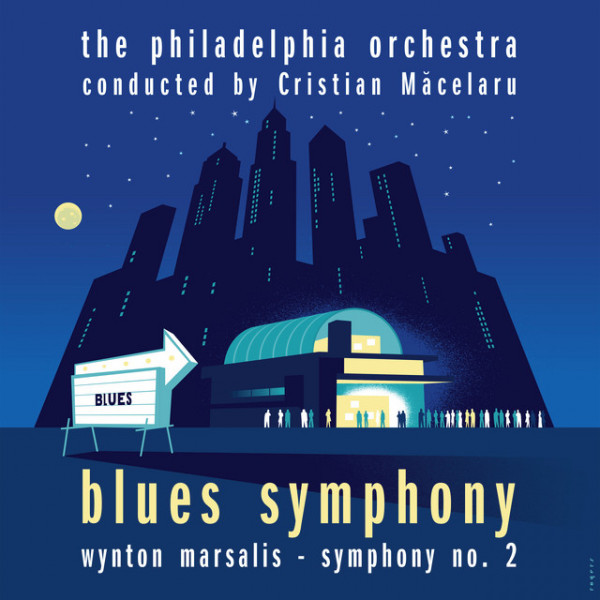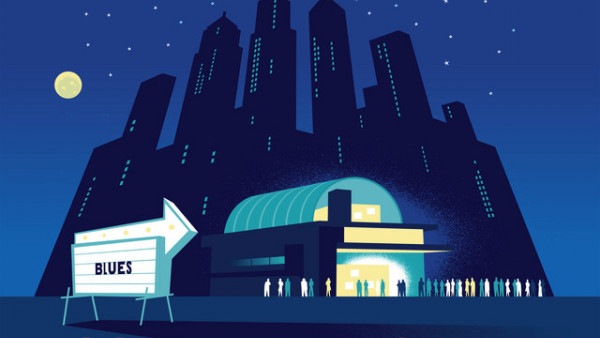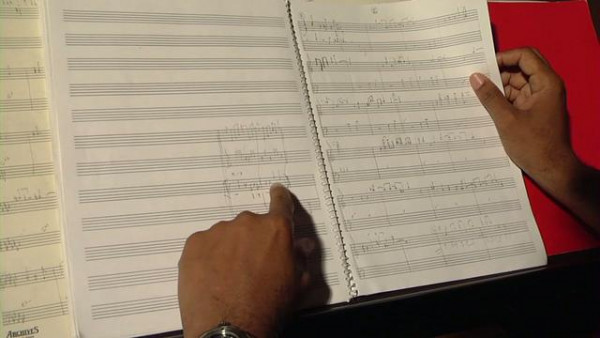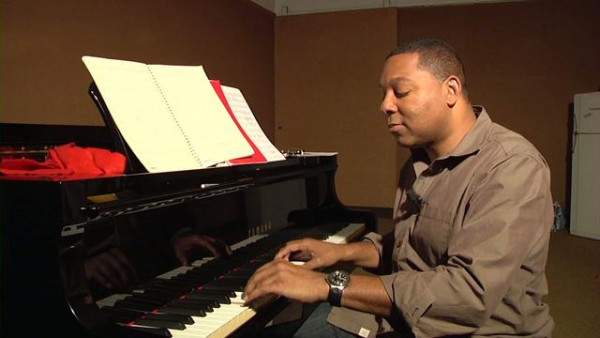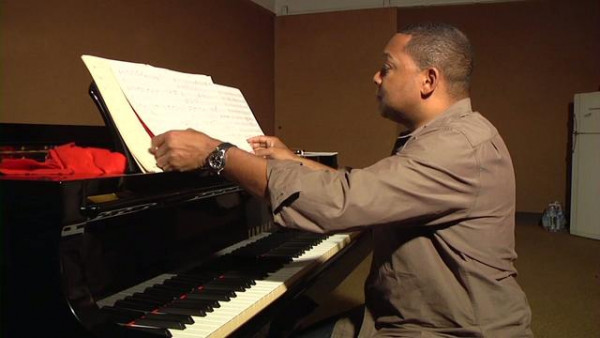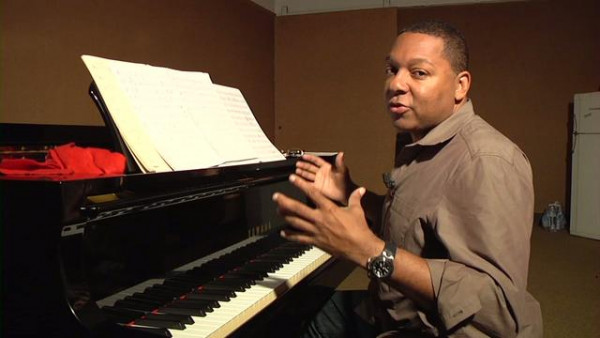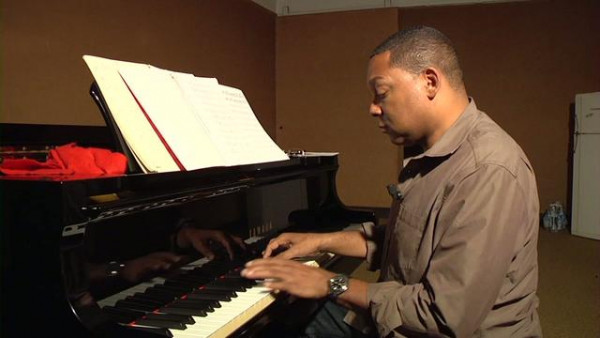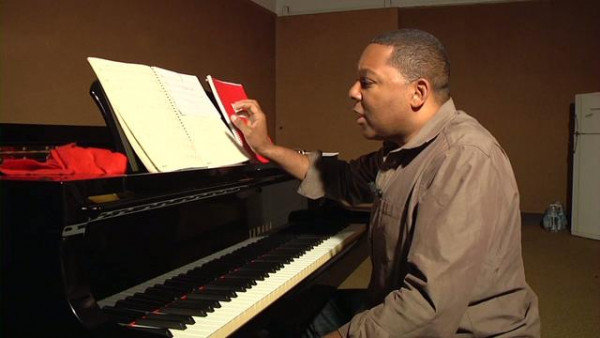‘Blues Symphony’ by Wynton Marsalis Has Its New York Premiere
Classical composers have long been lured by the jazz tradition, with George Antheil and George Gershwin among the first to write jazz-influenced orchestral works. Jazz musicians have also written for traditional orchestras, and contemporary artists including Steve Coleman and Henry Threadgill have recently been commissioned by the American Composers Orchestra to cross genres.
On Thursday at the Rose Theater, George Manahan conducted the ensemble in the New York premiere of Wynton Marsalis’s “Blues Symphony.” Almost an hour long, this exploration of the blues felt toward the end like an interminable pastiche, an array of references unfolding in dizzying succession over seven movements, each using the basic blues form.
Mr. Marsalis highlights important historical developments in the genre, and the symphony certainly has its alluring moments: the texturally rich opening movement, with its lively piccolo and nod to the American Revolution, and a soulful evocation of an African-American Baptist church service. The trumpeter Wayne du Maine vividly rendered the jazz trumpet solo in the third movement.
Along the way, the score segues into references to various cities (1890 New Orleans; 20th-century Harlem; Charleston, S.C.), musical luminaries (the flutist Alberto Socarras and the drummer Max Roach) and styles (ragtime, gospel, bossa nova and choro). The musicians played with vigor and commitment, but the compositional approach seemed more appropriate to a lecture hall than a concert hall.
Mr. Marsalis attended the same New Orleans high school as the composer Courtney Bryan, whose “Sanctum” received its premiere on Thursday. Ms. Bryan took inspiration from recorded sermons, like Shirley Caesar’s “The Praying Slave Lady,” and recent events in Ferguson, Mo., layering uneasy string sections with the sounds of moaning and recordings of rallying cries like “Hands up, don’t shoot.”
Although Ms. Bryan’s orchestral writing sometimes proved simplistic, the brief moments of calm in the work did evoke a refuge in difficult times.
One of Ms. Bryan’s aims was to depict the improvisatory aspect of preaching traditions. The term “improvisatory flair” is sometimes used to describe performances of strictly notated pieces that sound spontaneous. And it could certainly apply to the vivid rendition by the pianist Uri Caine of his Double Trouble for soloist and orchestra, which features a notated part for orchestra and a mostly improvised part for soloist.
Mr. Caine wrote the piece (a commission from the orchestra) in 2008; this version featured a score for expanded ensemble. Mr. Caine’s dynamic improvisations created a witty conversation with the ensemble, a sometimes raucous dialogue that ebbed and flowed in unpredictable directions.
By Vivien Schweitzer
Source: The New York Times

